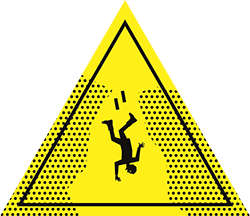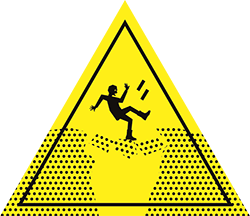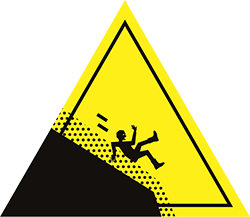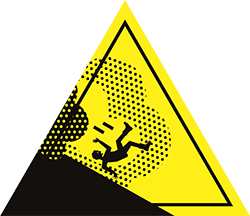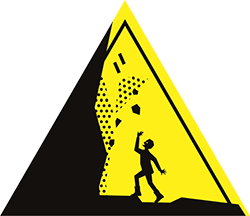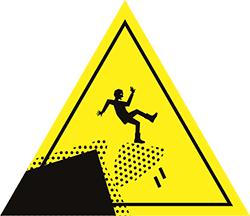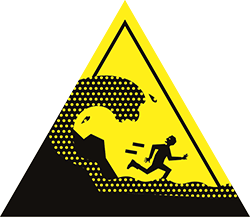HOW CAN WE DEFINE THE HIGH MOUNTAIN?
HOW TO STAY SAFE?
In the Alps what we refer to as the high mountain is basically the high altitude environment:
high peaks, glaciers etc. Yet, low altitude glacier sections and side morraines can present
similar hazards. Exposed to extreme weather conditions, these areas attract many outdoor
fans in spite of the multiple inherent dangers. Entering the high alpine requires experience
and knowledge in order to identify/ anticipate hazardous situation and avoid them at best.
Basic mountaineering skills are essential., such as roping up and using crampons, avoiding slipping
and falling, glacier and fog navigating, progress efficiently and chose the right activity
time, be physically prepared to altitude etc.
